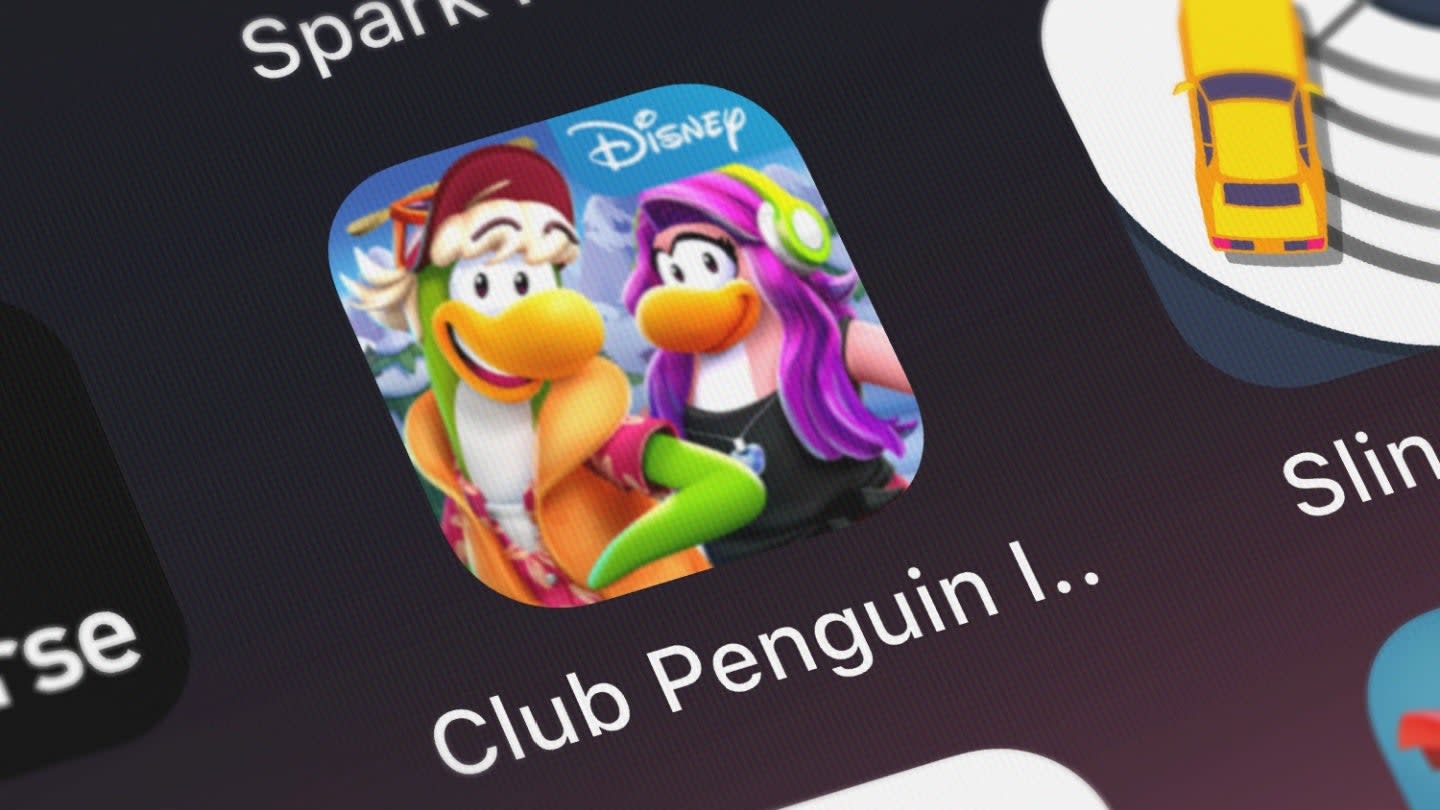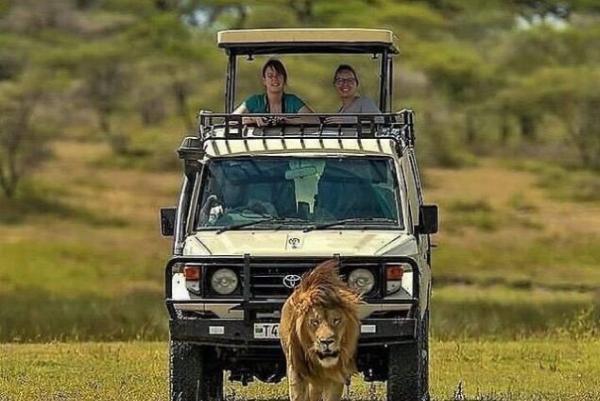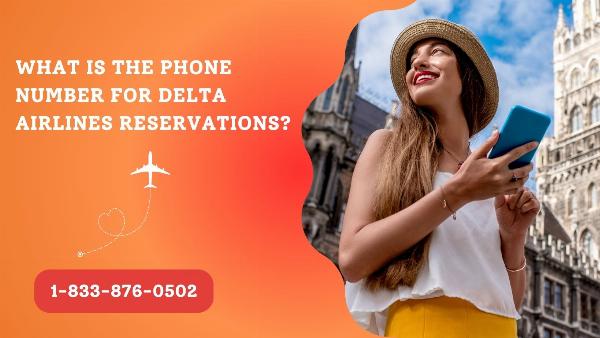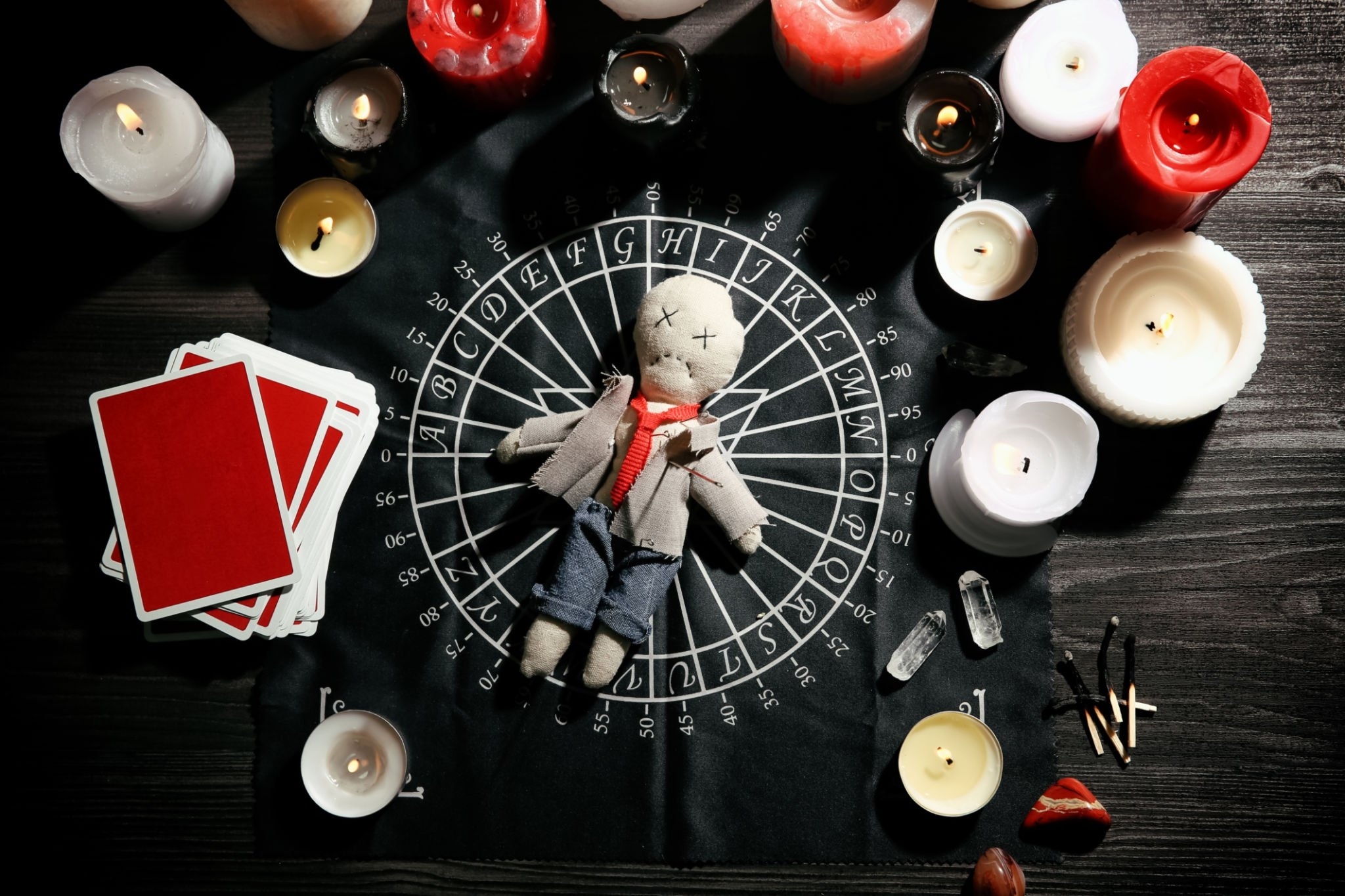
The earliest virtual world for children was created in 1999.
Adam Powell and Donna Williams released Neopets with their original target as university students, yet its popularity soared among a much younger user base. Its brightly colored games, competitions, and ability to socialise with others made it particularly appealing.
The golden age of children’s online worlds
Disney followed suit in 2003, releasing ToonTown online. Shortly after, 2005 saw the release of the iconic Club Penguin, as well as Webkins. Unlike Neopets, Club Penguin and Webkins were intentionally designed for children with colorful graphics, dress-up and customisation features, games, and prizes.
They placed importance on internet safety, with reminders to keep your passwords safe and report bullies, as well as implementing safe chat features.
Safe chat became a staple as curse words were automatically censored. The success of these sites ushered in a golden age for children’s virtual worlds. Wizard 101, Pirate 101, Pop Tropica, Moshi Monsters, Roblox, Barbiegirls.com, and Bin Weevils all arrived in the following years, garnering enormous user bases.
In 2007, Disney acquired Club Penguin, and in 2009, Sony released Free Realms, both of which helped push the virtual world genre into the mainstream. Brands that were even vaguely marketed towards children had virtual worlds, too. Coca-Cola had 'MyCoke' in which you could earn in-game currency by drinking virtual cokes.
An emphasis on safety
Despite a rise in expensive memberships, these virtual worlds offered fun and safe environments for children on the internet to play games, dress up, and chat with other people their own age in a monitored environment.
Messaging around online safety was targeted to both children and their parents. Often, sites took time to educate parents on the potential dangers their child might face, and how to check in with them, making internet safety a collaborative project between parents and children.
The overtake of social media
As social media became more popular, the virtual worlds began to fall. Disney shut down ToonTown and Pixie Hollow in 2013. This was put down to a shift in development to focus on mobile apps.
Sony's Free Realms shut down in 2014. Barbiegirl.com, Panfu, Moshi Monsters, Pirate 101, and, most notably, Club Penguin, all shut down in the 2010s.
As subscription numbers dropped off, virtual worlds became too expensive to run, and it became more profitable for brands to target children through influencer marketing and online ad campaigns on social media, rather than spending millions of dollars on dedicated virtual worlds.
Story ContinuesWebsites have consequently transformed, as can be seen on the web design museum website, a treasure trove of sites from the 90s onwards.
Nickelodeon.com used to have games, quizzes, and message boards. Now, the website has a few shows to click on and mostly directs users to a subscription to Paramount Plus. Many other sites are similar. Disney.com, for example, was filled with games and printable activities, while now it simply redirects users to a Disney+ subscription or holidays to the resorts.
The future of children’s spaces online
For children, the internet of 2025 looks bleak. Dedicated spaces for them are few and far between, and their easy access to social media sites and apps like TikTok, X (formerly Twitter), and Instagram is becoming increasingly more concerning.
The contrast between what young children can access on these sites and the safer spaces that used to be available is stark.
As opposed to being banned from Club Penguin for swearing or bullying, young people are now exposed to a range of harmful material, from pornography to suicide and self-harm content, discriminatory abuse, and hate speech.
Governments are taking action
Despite the virtual world boom of the 2000s being ultimately a money-grabbing exercise, they at least provided safe and sometimes educational spaces for young people’s first foray onto the internet. Now, young people are bombarded with fast fashion hauls, supplements, and unnecessary anti-aging, multistep skincare routines.
Governments are taking action, with the UK's Online Safety Act set to be fully implemented by 2026, as well as the Australian ban on under-16s from social media platforms. However, it does make you wonder if there is not a better way. It seems that the idea of creating child-friendly online spaces is falling by the wayside in favour of outright bans.
"The disappearance of online safe spaces for children" was originally created and published by Verdict, a GlobalData owned brand.
The information on this site has been included in good faith for general informational purposes only. It is not intended to amount to advice on which you should rely, and we give no representation, warranty or guarantee, whether express or implied as to its accuracy or completeness. You must obtain professional or specialist advice before taking, or refraining from, any action on the basis of the content on our site.













